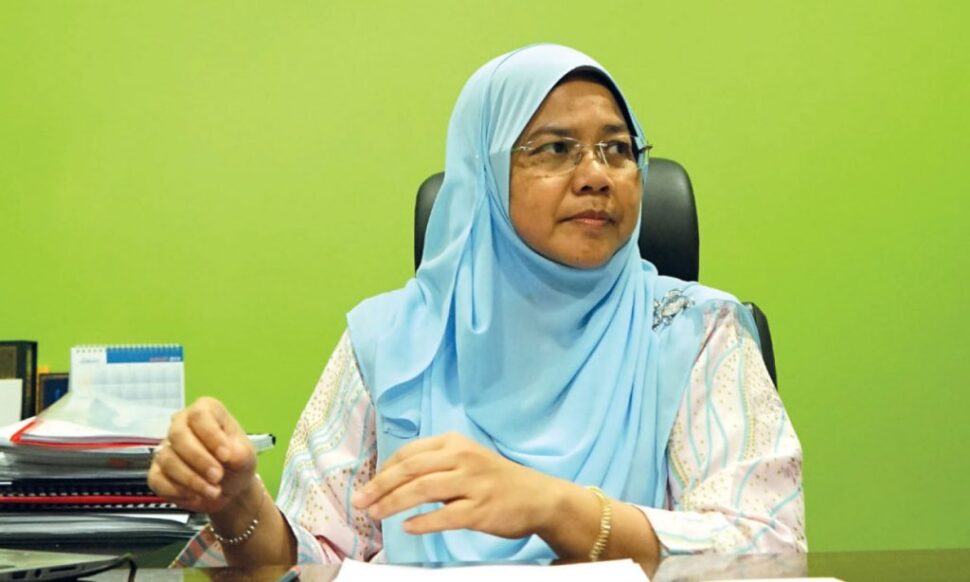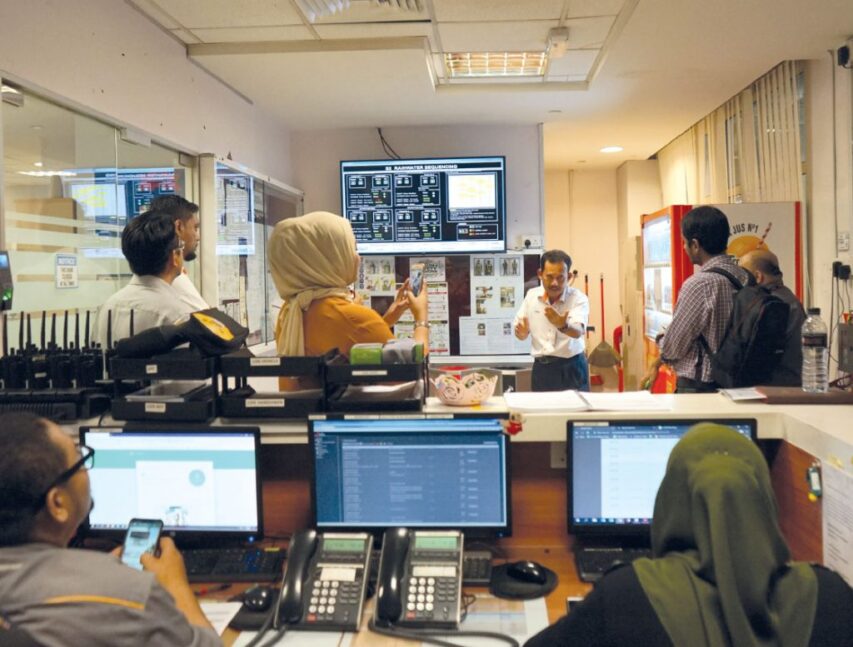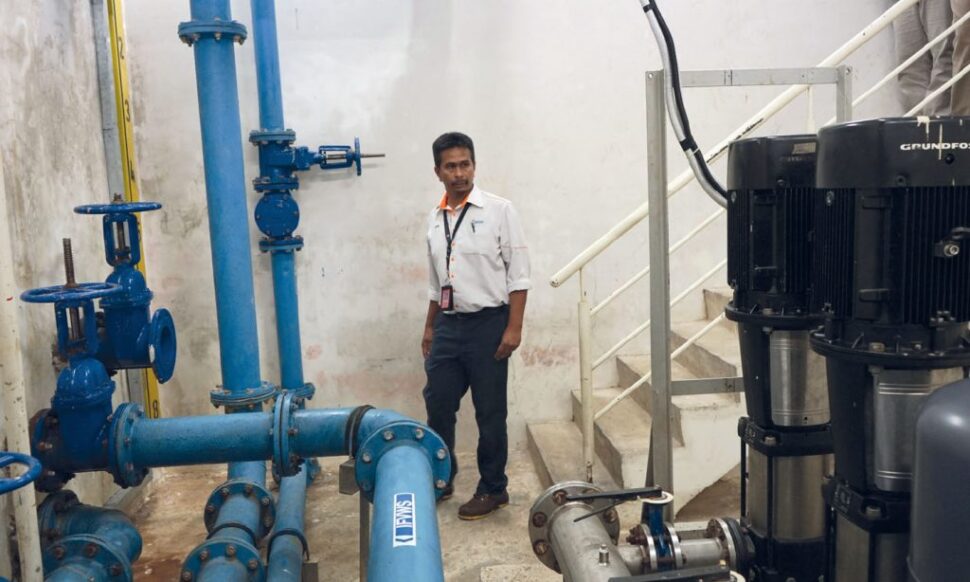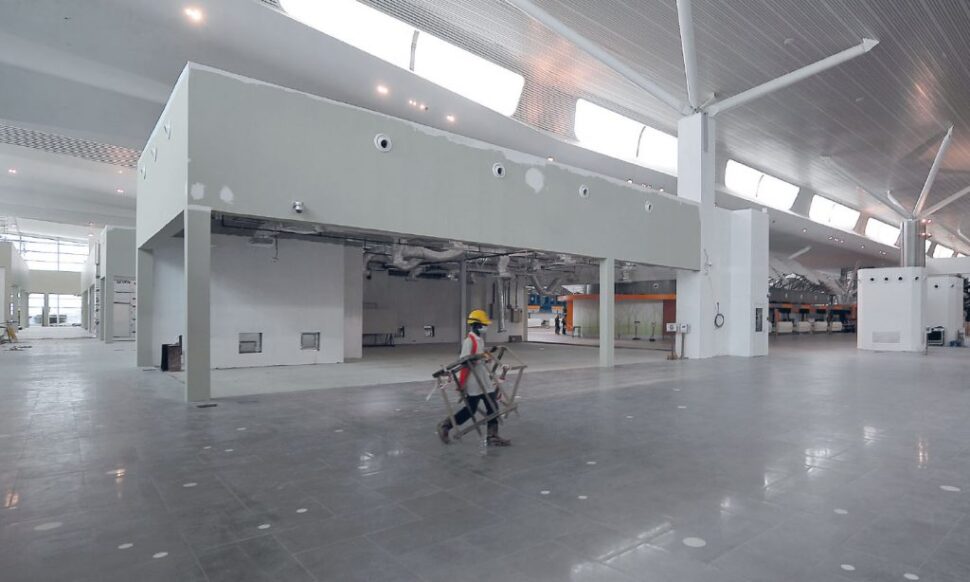22 August 2019
Managing an airport that sees millions of passengers coming and going every month is no easy feat and doing so in an energy-efficient manner makes it a much more daunting task.
From the starting of the construction to design of the building and the selection of materials, everything for KLIA was taken into consideration on how the impact will be to the environment

Kuala Lumpur International Airport 2 (klia2) is a testament to what can be achieved in the field of energy efficiency if all stakeholders get together and commit to creating an airport for the future.
The Sepang-based airport owned and operated by Malaysia Airports Holdings Bhd (MAHB) recently garnered attention after grabbing top honours in Malaysia’s 2019 National Energy Awards.
This was for the category of energy-efficient designed building, but much of the airport’s achievements — including energy savings and carbon emission reduction — have largely flown under the radar.
One of the misconceptions that MAHB faces to this day is the notion that klia2 is a low-cost terminal despite the fact its infrastructure is comparable to that of its predecessor, KLIA.
“The klia2 terminal and beyond is the same as Kuala Lumpur International Airport (KLIA) — the infrastructure is the same,” MAHB GM of engineering Khairiah Salleh stressed when speaking to The Malaysian Reserve in a recent interview.
In fact, klia2 exceeds KLIA in terms of energy saving and efficiency, she added.
At an estimated RM4 billion cost, klia2 was officially opened in May 2014 after two years of construction with a capacity to accommodate 45 million passengers per year.

It was built primarily to cater to the exponential growth in demand for low-cost travel. Energy efficiency was thus a perfect fit for the five-year-old airport.
But Khairiah said this is secondary when compared to larger benefits to the environment which fall in line with Malaysia’s and the worldwide push for a greener and sustainable future.
“The first (consideration) we are looking at more is not to harm the overall environment and make use of the technology available,” she said.
“When you talk about airports in Industry 4.0, this is where we are talking about energy efficiency and a lot of that comes from automation and artificial intelligence.”
klia2 is an example of an airport embracing and leveraging on these changes, while standing toe-to-toe with major terminals in Asia Pacific and beyond.
The Right Mix
klia2’s success is underpinned by the marriage between energy efficiency and renewable energy (RE), a combination which is present since day one of construction.
“For klia2, from the starting of the construction to design of the building and the selection of materials, everything was taken into consideration on how the impact will be to the environment,” Khairiah said.
The construction of the airport was not only aided by the technology available at the time, also but frameworks such as the Leadership in Energy and Environmental Design (LEED) certification and the Green Building Index (GBI).

This was an advantage that KLIA did not have the luxury of during its construction up to when it opened in 1998.
One of the noteworthy energy-efficient practices used in klia2 is the rainwater harvesting system which collects and channels rain flow, as well as condensation from air handling units, to toilet flushing and landscape watering.
This is after the collected rainwater is first filtered and treated, and is aimed at reducing reliance on water supply from Syarikat Bekalan Air Selangor Sdn Bhd (Syabas).
Air conditioners remain the highest energy consumer for klia2. Consequently, the airport uses two types of air conditioners.
The first operates on a constant basis, while the other uses an automated control which adjusts the temperature depending on the number of people present in a given area.
Lighting is the second-highest energy consumer. There are LED bulbs for all major areas in the airport as they have the same brightness as fluorescent bulbs despite only consuming half the energy.
klia2 also utilises motion sensors for lighting and automated services such as escalators to limit energy wastage. Meanwhile, the basement has a system in place to extract and remove carbon dioxide (CO2) from the area to ensure the CO2 level never reaches a hazardous level for humans.
On the passive side, klia2 makes use of natural lighting during the day to reduce reliance on artificial light sources and uses white paint in key areas as the colour is less heat-absorbent. This, in turn, reduces dependency on energy-guzzling air-conditioning units.
While its main electricity supply comes from Tenaga Nasional Bhd, the airport also generates 10MW of RE from installed solar panels at the rooftop of its long-term carpark.
The combination of energy efficiency and RE allows klia2 to achieve an energy index (under the GBI guideline) of 160 kilohour to 180 kilohour per sq m, or 130 kilohour per passenger. This ranks the airport as having the lowest energy index among Malaysian airports.
This achievement is commendable given the scale of the airport itself and the fact that it operates 24 hours a day. No small feat and one that came with its own set of challenges.
A Concerted and Committed Effort
The biggest challenge faced when constructing klia2 as an energy-efficient building was having the business case accepted, failing which MAHB would not secure the necessary funds to construct the airport.
Thankfully, klia2 received support and commitment from the highest level of the management, leaving the company to then get all the relevant stakeholders onboard and acting in concert.

Khairiah said energy management and efficiency involves all stakeholders playing their respective roles, requiring engagement at all levels.
“First, it goes to the organisation. Everybody must be on the same frequency. For KLIA and klia2, the next level will be our business partners. We must create awareness and communication because you cannot do this kind of thing alone. Third is the public,” she said.
Greater awareness and education are required for the latter, she added. But the company is not resting on its laurels and aims to enhance the current energy-efficient practices in place.
This will involve low-cost or measures not involving investment, namely monitoring and controlling energy consumption via klia2’s existing Building Management System.
Initiatives that require investment or capital include replacing current motors with high-efficiency models and air-conditioning units with value-for-speed technology. The airport will also progressively change conventional lighting to LED bulbs.
“Anybody in the world or any organisation will start with low-cost initiatives — then move to high cost. But even for high cost, we are talking about (a very quick) return on investment,” Khairiah said. These efforts are part of MAHB’s target to reduce its carbon emissions as a group by 9% next year relative to what it produced in 2016.
As one of the winners of the 2019 National Energy Awards, MAHB will represent Malaysia in the Asean Energy Awards scheduled for next month in Thailand.
Khairiah said this will provide further mileage for MAHB, as well as demonstrating that Malaysia is going all out in the fields of energy efficiency and RE.
“It is also a source of national pride. For all of us in the organisation, it is something that motivates us.”
By MARK RAO / Pic By MUHD AMIN NAHARUL & ARIF KARTONO
Source: themalaysianreserve.com
Site Search
Did you find what you are looking for? Try out the enhanced Google Search: